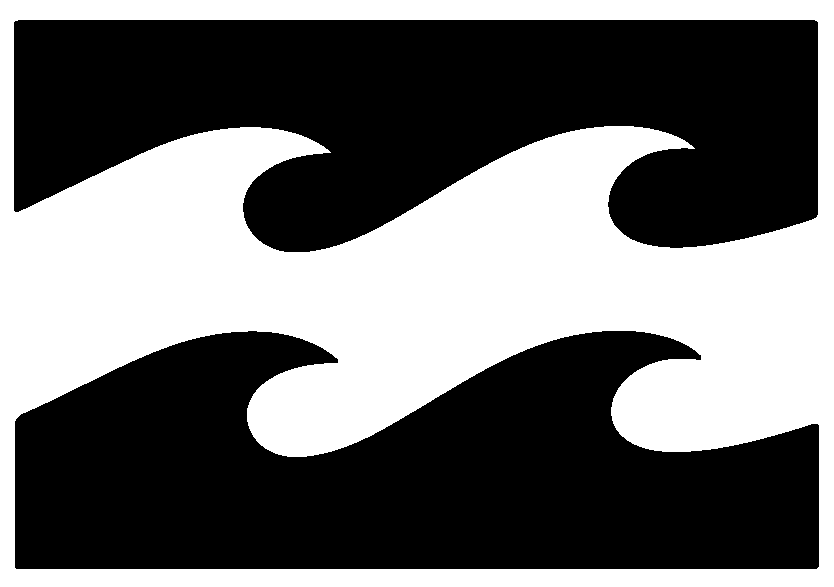If there is something that characterizes the Canary Islands, in addition to its dreamlike landscapes, it is the perfect weather conditions for surfing. The constancy of its winds and various factors particular to this part of the planet make this archipelago offer high quality waves, suitable for all levels. Among its islands, Gran Canaria stands out for having some of the most renowned spots in Europe.
Along the entire coastline, Gran Canaria offers perfect places to enjoy a relaxing vacation, with an ideal combination of climate, landscapes and gastronomic offer. Thanks to this, this island is very visited by tourists from all over the world and by passionate surfers, who come in search of the perfect wave.
Gran Canaria is also a very important destination for surfing and in the following lines we are going to tell you why you should visit this island if you want to enjoy very good waves and excellent surfing conditions.
Gran Canaria: what you should know before you travel
The island of Gran Canaria is part of the province of Las Palmas, together with the islands of Lanzarote, Fuerteventura and La Graciosa. It is visited by around five million tourists every year and its carnival celebration represents one of the most important events of the island, a festivity recognized worldwide.
The beaches of Gran Canaria are the main attraction of the island. We can find beaches of all kinds, from the most quiet and lonely to the most extensive and crowded. There are beaches of golden sand, especially in the southern area, while in the northern area, we can find beaches of dark sand and with a bigger swell.
To get to the island, it is possible to arrive by sea, land or air. The airport is located on the east coast of Gran Canaria and is 18 km from the capital, Las Palmas de Gran Canaria and 25 km away from the south, which is one of the main tourist centers of the island. To arrive by sea, the Port of Las Palmas is one of the most important ports of all the Canary Islands, being a connection point between America, Africa and Europe.
Once you arrive, you can take a bus at the station located in front of the airport; these buses are very economical and modern, have air conditioning and also give you the possibility to charge your phone during the trip. Some visitors choose to rent a car since the options are also very economical; as a reference, renting one is around 25 euros per day.
The weather in Gran Canaria
Gran Canaria offers us a great variety of landscapes, which is reflected in a wide natural and climatic diversity. It is because of this that this corner of the Canary Islands is also called a miniature continent. Both the north and the south of the island offer a diversity of microclimates characteristic of the place.
Thanks to these microclimates, we can enjoy tropical temperatures in the southern part of the island, cool and refreshing weather in the north and an incredible sunset in the mountainous area. Few places in the world allow us to enjoy this variety of climates!
Generally speaking, this island enjoys a warm climate all year round. The island has an average temperature during the summer months that ranges between 24°C and 28°C while, in the winter months, temperatures can reach 20°C. This is thanks to its geographic location and to the smooth winds that play in its favor.
Surfing in the north of Gran Canaria
For the most experienced surfers, the northern area represents the best place for surfing in the whole island. And it is in this place where we can find some of the best spots of Gran Canaria.
El Confital, located in the center of the city of Las Palmas, is one of the busiest spots on the island and offers one of the best right waves in the archipelago and probably the entire European continent. They are fast and powerful waves, with perfect tubes and vertical drops that break over volcanic soil.
Another of Gran Canaria's most recognized right-handers is La Cícer, also known as the Lloret wave. It is located on the beach of Las Canteras and is very easy to access; it has a bed of large round stones and the best time to surf is at low tide. Its strong swell requires extreme caution.
El Frontón, is one of the favorite spots for bodyboarders, who come from all over the world to enjoy its impressive waves. To access the place, it is necessary to cross a steep terrain full of banana trees. Due to the power of its waves, it is recommended for the most experienced and with the company of local surfers.
Surfing in the south of Gran Canaria
If the northern area of Gran Canaria stands out for having powerful and challenging waves, only for expert surfers, the southern area, on the contrary, offers ideal spots for beginners in this sport. Its waves, no more than two meters high, are perfect for learning to surf from scratch.
The spots in this part of the island are not so demanding, being Playa del Inglés the one that concentrates the largest number of surfers of all levels, who come to this beach to learn the secrets of surfing. It has a sandy bottom and is best surfed offshore.
The Maspalomas lighthouse, is also an ideal spot for surfers of all levels. It is a sandy beach very visited and has a wave classification level 2; its wave direction is right and the bottom is pebble, on good days it is super long.
The beach of San Agustin is also very popular for surfing in the area. It offers a powerful and long right and is perfect for learning this sport. Other outstanding spots to enjoy in the south of Gran Canaria are Arguineguín, La Curva, Mosca Point and Arinaga.
Surfing activities in Gran Canaria
The favorable weather conditions in Gran Canaria have made it an important surfing destination in this part of the continent, therefore, many renowned surf schools offer a range of options to get started or improve the techniques of this sport. The educational offer ranges from surfing courses for different levels, to surf camps, equipment rental and classes in other water sports such as paddle surfing and windsurfing.
In both the northern and southern zones, various schools offer group or private training sessions, according to need. In the north zone, for example, we can find ideal options for those who wish to improve their techniques, while in the south zone, the courses offered are more oriented to the most basic levels.
Some surf schools also offer economical surf camp accommodation options, which include the use of comfortable private and shared rooms on the beach, free Wi-Fi, use of bicycles and shared kitchen. Also, it is possible to get transportation from the airport to the surf house or vice versa.
Get to know Gran Canaria and enjoy surfing in the best place to practice it.
Gran Canaria has everything you need to practice your surfing. Throughout the year, lovers of this sport come to this island from different corners of the world, ready to enjoy its challenging waves, in a perfect environment to enjoy to the fullest.
There are at least 23 good spots that Gran Canaria offers us, each one with its own particular charm and providing us with some of the best waves in Eur
Make up your mind to get to know this fabulous island and live an incredible experience learning to surf with people from different parts of the world. We hope this guide, with everything you need to know about surfing in Gran Canaria, will help you plan a truly unforgettable trip to this enchanting island.
You already know, Gran Canaria is waiting for you.





